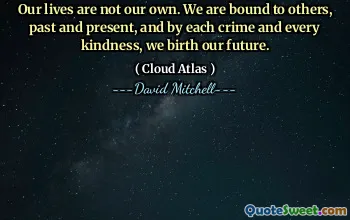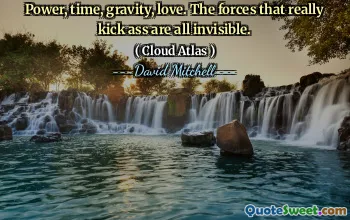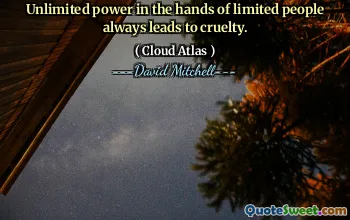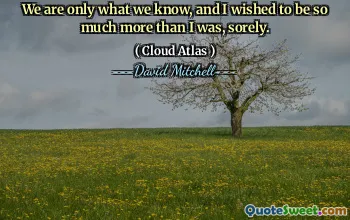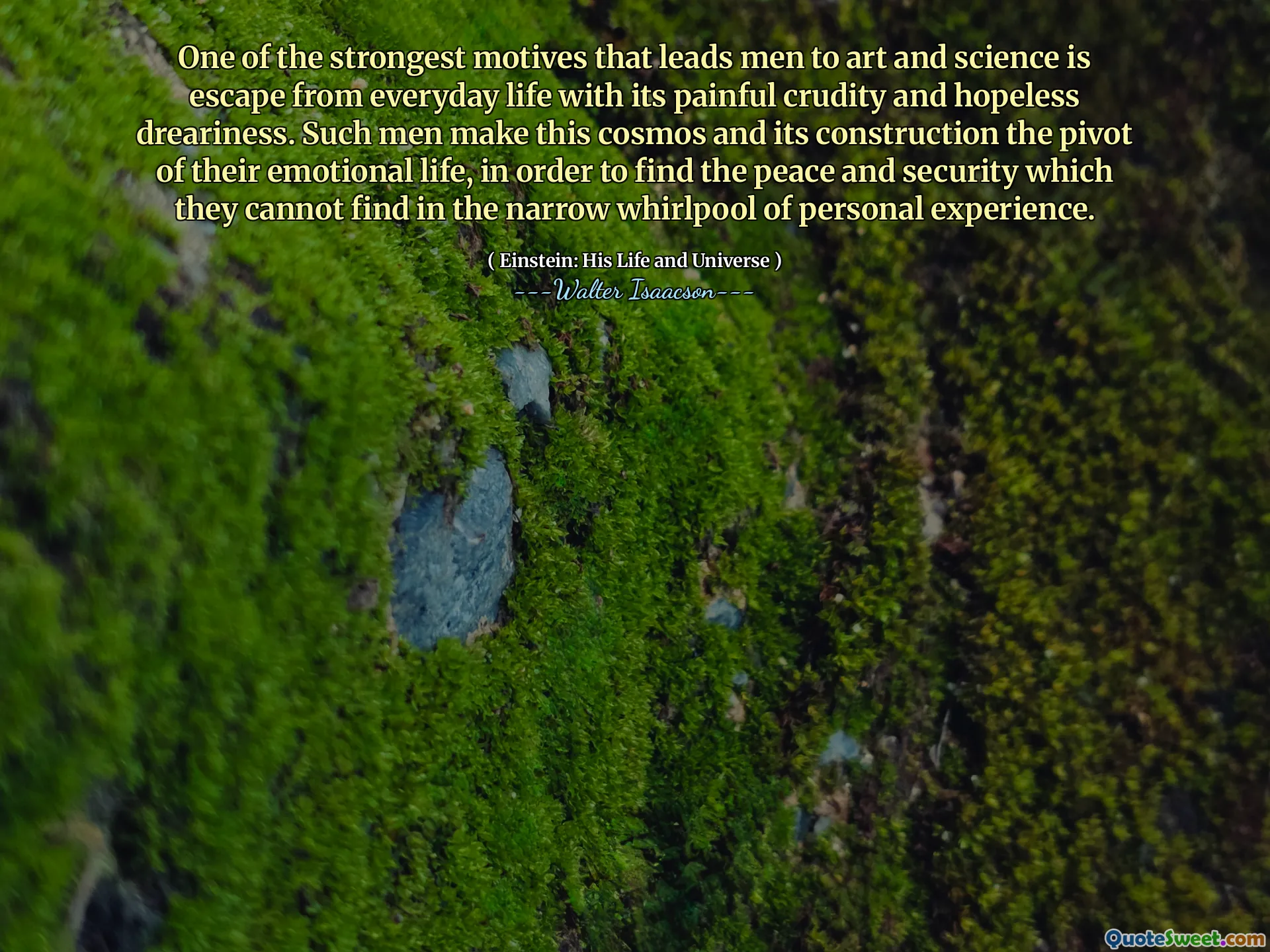
One of the strongest motives that leads men to art and science is escape from everyday life with its painful crudity and hopeless dreariness. Such men make this cosmos and its construction the pivot of their emotional life, in order to find the peace and security which they cannot find in the narrow whirlpool of personal experience.
This profound observation by Einstein highlights a fundamental human desire: seeking refuge and meaning beyond the limitations of personal existence. Many individuals turn to art and science not merely as pursuits of knowledge or beauty, but as pathways to transcend mundane hardships and the raw, often harsh realities of daily life. Art provides an outlet for expression, allowing people to explore and cope with their internal worlds and universal themes, creating a sense of connection and understanding that can alleviate feelings of isolation. Science, on the other hand, offers a structured way to comprehend the cosmos, transforming chaos into order and offering a sense of control and predictability—traits often missing from our personal experiences. By immersing themselves in these pursuits, individuals forge a broader identity that links them to the universe, fostering a sense of peace and security that might be elusive otherwise. Einstein wisely notes that these endeavors serve as emotional anchors, helping people overcome the 'painful crudity' and 'dreariness' of everyday life. This underscores the vital role of intellectual and creative pursuits as coping mechanisms and sources of meaning, particularly in a world where personal life often feels limited or insufficient for true fulfillment. Ultimately, this quote reminds us of the powerful human drive to seek understanding, beauty, and order as refuge amidst life's inevitable struggles, reinforcing the importance of art and science as pursuits that nurture our emotional well-being.

